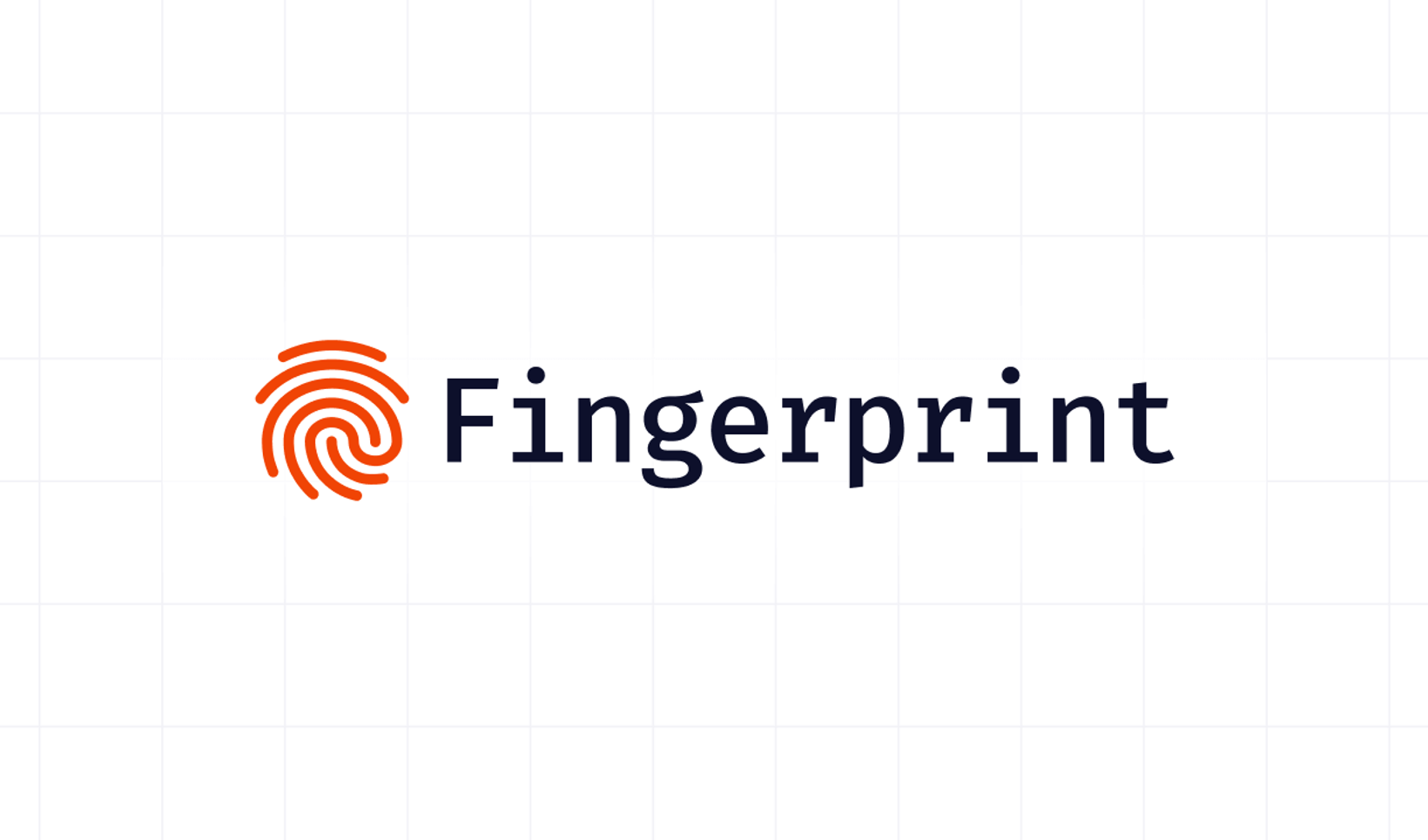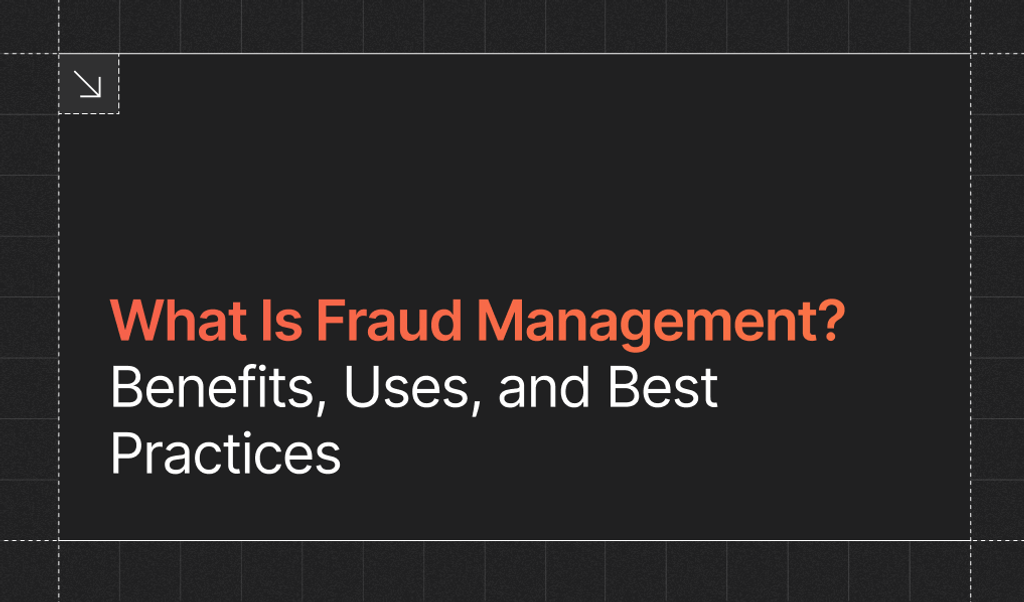As web visitors navigate online applications, conduct transactions, and engage in virtual conversations, understanding and protecting their digital identity becomes increasingly a priority. Awareness of their digital footprint is paramount for personal security and businesses to understand and take an active role.
A 2021 report by Cybersecurity Ventures estimated that by 2025, over 300 billion passwords will be in use for both humans and machines, underscoring the expansive scale of digital identities worldwide.
For businesses, recognizing the significance of digital identity is the first step toward implementing robust protective measures protecting them. Users and organizations must grasp the full scope of digital identity and the strategies necessary for its defense.
What is digital identity?
Digital identity is the collection of data attributes and credentials representing an individual, organization, or device within online spaces. These attributes and credentials can include usernames, passwords, online search activities, transaction histories, and social media profiles, among other digital footprints.
A digital identity is the foundation for digital authentication and authorization, enabling secure access to services and protection against unauthorized usage.
Why is a digital identity important?
A digital identity is foundational to ensuring security, privacy, personalization, and compliance online. We discuss four critical reasons why a protected and secure digital identity is vital for businesses.
Access and authentication
Digital identities play a pivotal role in enabling secure online service access through an authentication workflow. At their core, these identities utilize a combination of credentials, such as passwords, biometric data, or digital certificates, to verify a user's or device's identity. This verification process acts as a gatekeeper, ensuring that only authorized individuals can access sensitive information or perform specific actions within a network.
For example, two-factor authentication (2FA) enhances security by requiring a second form of verification, typically a code sent to a user's mobile device, thereby adding a defense against unauthorized access. Through these methods, digital identities establish trust in digital interactions, safeguarding users and service providers from potential fraud threats.
Security and privacy
Like providing secure access to online services, digital identities ensure that only verified users can access their accounts and data, thereby minimizing the risk of unauthorized access and data breaches. This is especially true when mitigating the risk of account takeover attempts from coordinated fraud attacks. Furthermore, they facilitate the implementation of advanced security protocols that shield sensitive information during transactions and storage.
Personalization and user experience
Digital identities can deliver customized content, recommendations, and services that align with each user's unique interests and needs by using a user's previous activity, stated preferences, or past interactions.
For example, a streaming platform might leverage a user's viewing history to curate a list of suggested movies and shows, enhancing the user's experience by making it more relevant and engaging. This customization improves user satisfaction and increases engagement and loyalty towards the service.
Legal and compliance reasons
Digital identities also play a crucial role in enabling businesses to adhere to legal and regulatory requirements, including SCA (Strong Customer Authentication) and KYC (Know Your Customer). Diving into an example with Know Your Customer regulations, a critical component in the financial sector. KYC mandates the verification of an individual's identity before opening accounts or conducting business.
Digital identities streamline this process by providing a secure and efficient means of verifying personal information against authoritative databases, thus ensuring compliance with anti-money laundering (AML) laws and preventing identity fraud. Moreover, they can facilitate the accurate logging and auditing of transactions and user activities, which is essential for regulatory reporting and compliance audits.
Types of digital identities
Exploring the landscape of digital identity further, we encounter three distinct types that play pivotal roles in cybersecurity: human identity, machine identity, and cloud identity.
Human identity
Human identities are represented through various personal identification details, serving as digital footprints that distinguish one individual from another.
For example, an email address may be a unique identifier linking an individual to their online communications. At the same time, a digital certificate used in electronic transactions can authenticate a user's identity, ensuring secure and verified exchanges. These elements collectively form a digital identity that mirrors the unique characteristics of a person in the online world, facilitating interactions that require trust and authenticity.
Machine identity
Machine identities are the digital credentials that authenticate and identify devices and applications in networked environments, ensuring secure communication and transactions between machines without human intervention.
For example, a TLS (Transport Layer Security) certificate enables a web server to prove its identity to a web browser, facilitating a secure connection for online transactions. Similarly, an SSH (Secure Shell) key allows secure remote access to a server, verifying the machine's identity before granting access. These mechanisms are pivotal in establishing trust and integrity within digital ecosystems and safeguarding data and interactions from unauthorized access and cyber threats.
Cloud identity
Cloud identities facilitate security and access control within cloud computing environments, enabling precise management of user permissions and authentication processes. For instance, in a cloud-based identity and access management (IAM) framework, a user's identity can grant or restrict access to specific cloud resources, such as databases and applications, based on predefined roles or attributes.
Another example involves multi factor authentication (MFA) mechanisms, where cloud identities require additional verification steps beyond just a password. This significantly enhances security by validating the user's credentials through something they know, have, or are before granting access. This systematic approach ensures that only authorized individuals can interact with sensitive data and services, maintaining the integrity and confidentiality of cloud ecosystems.
Why businesses need to protect digital identities
Businesses must prioritize the protection of digital identities for several critical reasons:
- Ensuring security and fraud prevention
- Adhering to compliance and legal obligations
- Preserving trust and reputation
These pillars underscore the importance of safeguarding human, machine, and cloud identities, each playing a crucial role in maintaining the integrity and credibility of digital interactions and transactions. We discuss each of these further below.
Security and fraud prevention
Protecting digital identities helps prevent security breaches and fraud, as these identities are gatekeepers to vast amounts of personal and organizational data. One action businesses can take is to implement robust encryption for data at rest and in transit to ensure that even if unauthorized access occurs, the information remains unintelligible and secure. This action, fundamental to security hygiene, significantly reduces the risk of identity theft and maintains the integrity of digital ecosystems.
Compliance and legal obligations
The imperative to safeguard digital identities extends beyond security and fraud prevention, deeply entwined with legal implications and compliance mandates such as Strong Customer Authentication (SCA) and Know Your Customer (KYC) regulations, as mentioned earlier in this article.
These frameworks necessitate rigorous verification processes to combat fraud and ensure transactions are securely authenticated, holding organizations accountable for maintaining the highest standards of digital identity protection. Failure to comply not only exposes entities to fraud threats but also to severe legal and financial consequences.
Trust and reputation
Protecting the digital identities of customers and users also preserves customer trust, assuring users that their personal and financial information is protected against bad actors. Digital identity protection strategies protect businesses and enhance their reputation, signaling to customers and partners a commitment to security and privacy excellence.
How to protect digital identities
Businesses must adopt a multifaceted approach to protect digital identities, encompassing the implementation of strong passwords and authentication, secure authentication protocols, device fingerprinting, bot detection, and Identity and Access Management (IAM) solutions.
1. Strong passwords and authentication
Implementing strong passwords combined with multifactor authentication methods is critical in securing digital identities, significantly reducing the risk of unauthorized access. Organizations should mandate these practices across all user accounts to protect their user security practices.
2. Implement secure authentication protocols
Utilizing secure, up-to-date authentication protocols is a must-have for protecting digital identities, as these protocols serve as the first line of defense against unauthorized access and cyber threats. Organizations must prioritize the implementation of advanced authentication mechanisms, such as biometrics or token-based systems.
3. Device fingerprinting
Device fingerprinting is a sophisticated visitor identification technique that identifies devices based on their unique configurations and attributes, enhancing digital identity protection by detecting fraudulent activities and unauthorized access attempts.
Fingerprint offers businesses a highly accurate device intelligence solution to help secure digital identities through returning device identification. Evaluate your organization's digital identity protection strategies and consider integrating the Fingerprint Device Intelligence Platform to reinforce your fraud prevention strategies.
4. Bot detection
Fraudsters using bots can automate fraudulent activities, compromise security systems, and skew analytics. Implementing advanced bot detection and management solutions that distinguish legitimate users from malicious bots can help protect against coordinated and targeted attacks from automated bots.
5. Use Identity and Access Management (IAM) solutions
Identity and Access Management solutions play a pivotal role in managing and safeguarding digital identities by centralizing and automating the identity and access rights lifecycle, ensuring that only authenticated and authorized entities can access critical information and resources within organizations.
Safeguard the use of digital identities with Fingerprint
A digital identity encompasses a broad spectrum of data attributes and credentials that define individuals, organizations, and devices in online environments. This comprehensive framework facilitates secure access and authentication. It underscores the critical need for users and businesses alike to adopt stringent protective strategies, including highly accurate returning visitor identification like with Fingerprint.
You can learn more about Fingerprint Pro and how it can help businesses of all sizes better detect and prevent fraud.
FAQ
A digital identity is the amalgamation of your online activities, preferences, and interactions primarily crafts your digital identity. It encompasses the data you generate through various digital platforms, including social media profiles, online transactions, search histories, and even the devices you use to access the internet.
This identity is further shaped by the contributions of organizations that collect, analyze, and store this information, such as social media companies, online retailers, and service providers. They use this data to create detailed profiles that represent your virtual persona.
Digital identity theft constitutes malicious actors' unauthorized acquisition and misuse of personal information. This nefarious activity involves illegally harvesting details such as an individual's name, date of birth, social security number, and financial data without consent.
Bad actors exploit this stolen identity to commit various crimes, including financial fraud, unauthorized transactions, and impersonation. The methods to gather such information range from sophisticated phishing attacks and malware deployment to exploiting vulnerabilities in public and private databases.
To mitigate the risk of digital identity theft, it is imperative to adopt comprehensive cybersecurity measures. These include employing solid and unique passwords for different accounts, enabling multi factor authentication wherever available, being vigilant against phishing scams, regularly updating software to patch vulnerabilities, and monitoring financial statements for unauthorized activities.
Digital identity is instrumental in navigating the complexities of the e-commerce landscape. It underpins security, enables personalized customer experiences, improves operational efficiencies, and ensures regulatory compliance. As e-commerce continues to evolve, the strategic importance of digital identity management is set to increase, highlighting its role as a fundamental element of successful online retail operations.



